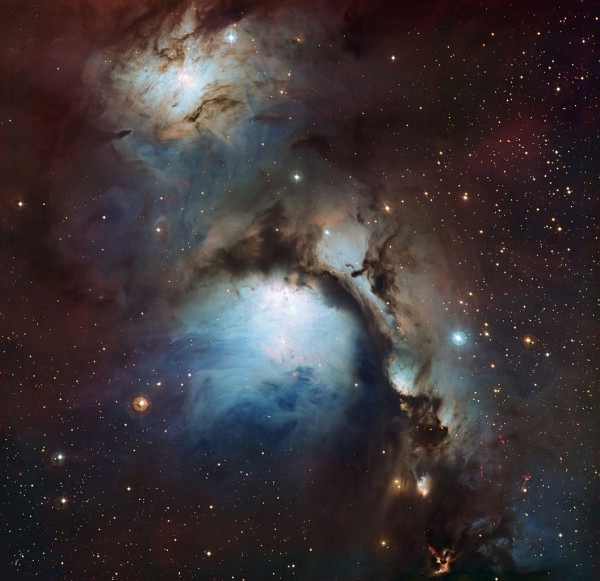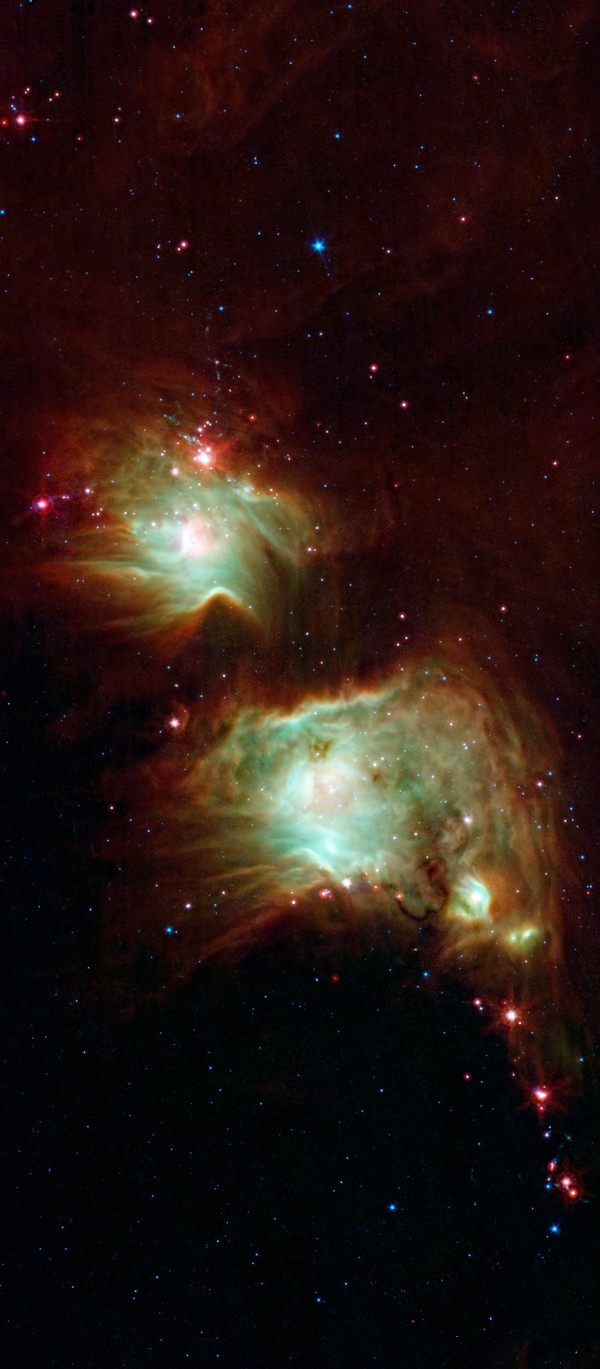“Life is a mirror and will reflect back to the thinker what he thinks into it.” -Ernest Holmes
When you've got a gas cloud in space that emits light, it's only for one of two reasons:
- Either it's at high enough temperatures that its atoms are excited and it's emitting its own light as the electrons fall in energy and recombine with nuclei,
- Or it's cool and neutral, and is reflecting light off of the brightest stars in its vicinity.
That latter case has a dead giveaway: it always shines blue.
 Image credit: ESO/Igor Chekalin, via http://www.eso.org/public/images/eso1105a/.
Image credit: ESO/Igor Chekalin, via http://www.eso.org/public/images/eso1105a/.
But there's much more to these reflection nebulae than their color, there's also some amazing astrophysics at play, something we reveal when we look in infrared light and also at the dust lanes that obscure our view.

